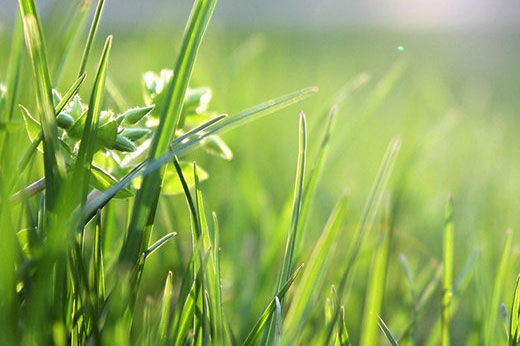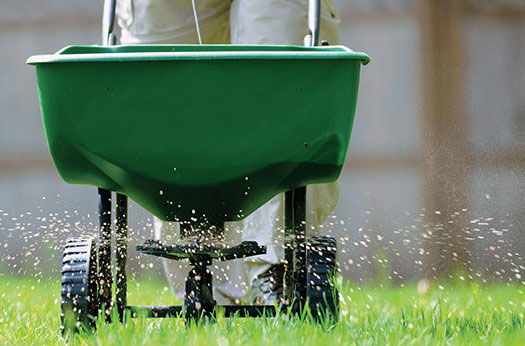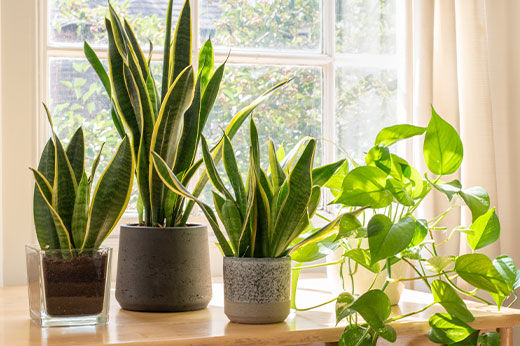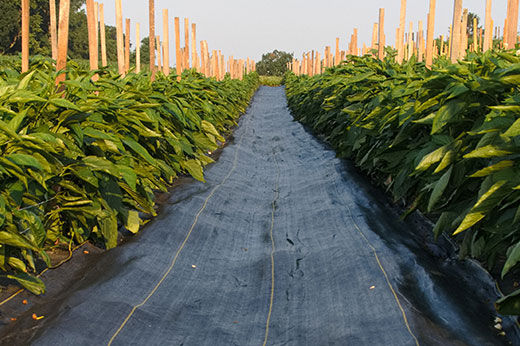While do-it-yourself projects can be fun and fulfilling, there is always a potential for personal injury or property damage. We strongly suggest that any project beyond your abilities be left to licensed professionals such as electricians, plumbers, and carpenters. Any action you take upon the information on this website is strictly at your own risk, and we assume no responsibility or liability for the contents of this article.
How to Patch and Repair a Lawn

It’s almost summertime, which means time to tend the lawn. Lawn care can be relatively basic and low maintenance, but even the healthiest of lawns can use a little extra TLC. Many elements or circumstances can impact the overall health and greenery of your lawn including drought, water accumulation, pet or animal activity, heavy foot traffic, and even accidents such as driving off your driveway. Whatever your lawn situation is, there may come a time when it needs a little extra help to grow that brilliant lush green grass.
One relatively common lawn ailment is patching or bald spots in your lawn. These are small areas across your lawn where the grass is thinning, sparse, dying, or turning yellow and brown, and perhaps where extra weeds are popping up their heads.
The first step towards repairing your lawn is to figure out the cause. Prevention is always key when it comes to landscaping and you want to be sure that once you fix the problem it won't happen again. If you have a drought, perhaps reassess your irrigation system or how your soil holds water. You may consider adding more compost or organic matter to the soil to better hold moisture and nutrients. If the problem stems from too much water then it’s an opportunity to assess your drainage situation. Perhaps you need to do some grading or install some other features that will help your lawn drain better. Alternatively, certain things can be added to the soil to increase drainage. Sand, compost, and perlite will all help to enhance soil drainage naturally.
If your issue is arising from animal, human, or vehicle traffic, then consider building a brick or stone walkway where humans tend to tread on your lawn. Otherwise, try to redirect traffic to existing paths or walkways. Line driveways with stakes or stones to encourage vehicles to avoid accidentally driving onto the grass. The best solution is always prevention, so while you may not be able to get it done perfectly, taking the necessary steps to prevent more lawn damage will save you time and money in the future.
Repairing lawns is relatively easy. While you can hire a landscaping company to do it for you, it’s even easier to do it yourself with a few simple tools.
Prepare the Soil
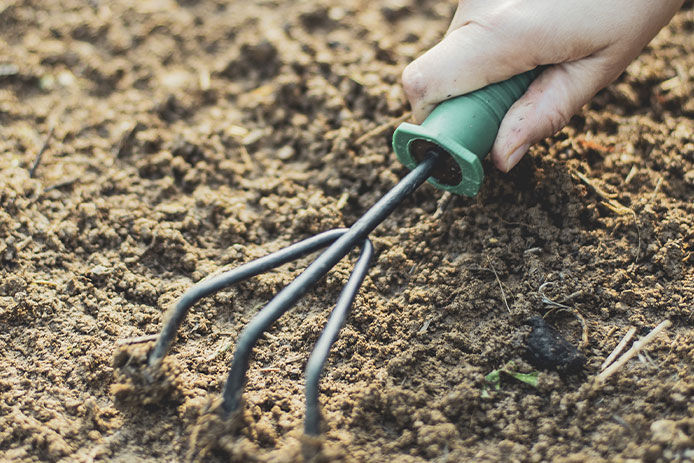
First, you will want to prepare the soil for its repair. Sometimes grass will naturally spread back to a patched spot, but you can certainly help it along by doing a little prep work. Remove any dead grass and weeds thoroughly from the area as though you were planting a fresh new garden bed. Using a hand cultivator, turn over the soil to about a 6-inch depth to loosen the soil effectively and remove any rocks or debris as you go along. Once you’ve cleared the space, add in some compost or well-rotted manure and mix it well into the soil. Smooth over the area with a rake and lightly tap down with your hands to settle the soil. Now, you’ve got your patch of lawn properly prepped for repair.
Sow the Seeds
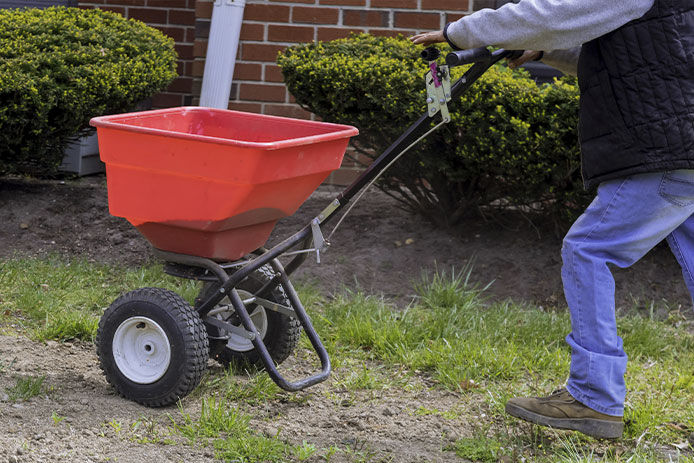
Next, it’s time to sow the seeds. If you are working with a small area of lawn that needs repairing that can be done easily with just your hands. Use enough seeds to cover the area, but don’t use so much that you make a big pile of seeds. If you are seeding a bigger area or prefer to use a tool for the job, feel free to use a spreader. Either way, check the seed packet to understand the seed sow rate recommended and follow accordingly. Using a rake, rake the seeds into the top 1/2 inch of soil. You can use your hands or feet to gently tap the seeds down into the ground firmly so they don’t wash away.
Mulch the Seeds

Another equally important step is mulching grass seeds. Not only does it hold moisture, but it deters weeds and animals from moving in and snacking on your new grass. Cover your seeded area with a light layer of straw (not hay).
Patch with Sod
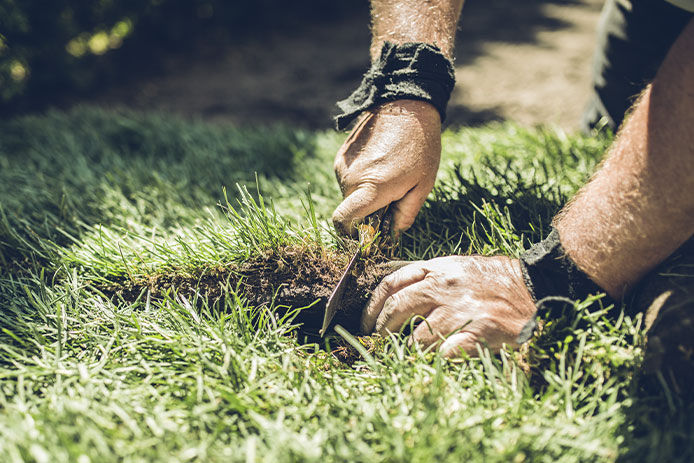
An alternative way to patch and repair your lawn is with sod. Simply cut a patch of sod to fit the bald spot in your lawn and place it over the sparse area. Press it down firmly with your hands so it merges into the grass around it. If it seems a bit higher up, simply remove it and scrape out some of the extra soil below. Your grass should look uniform, so be sure your sod patch is level with the rest of your grass.
Water the New Seeds or Sod

Water! Caring for your patched lawn is essential, and ample water is essential to care. Gently water new seeds with a mist setting on a hose or a gentle sprinkler. Sod can be watered with a more powerful spray setting, such as a shower. As seeds or sod are being established, they need to be watered well once or twice daily. You can expect your new lawn to start to take shape after 10 days.
You may also want to consider adding compost or fertilizer to the lawn as its establishing itself to offer it nutrients as well as water. While each lawn has its unique needs and requirements, this guide is a great way to get started patching and repairing your lawn so you can enjoy it all summer long.
